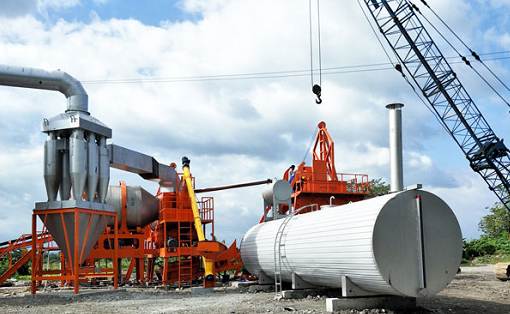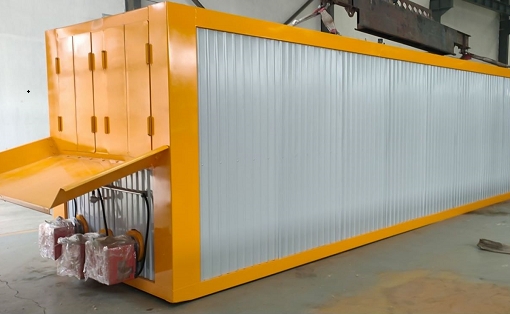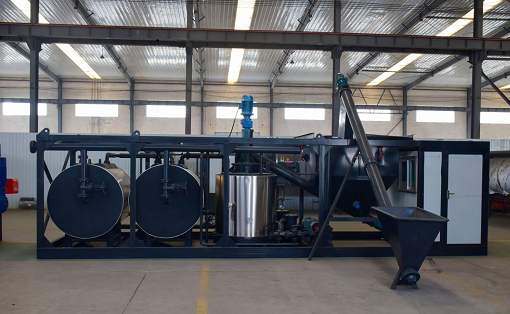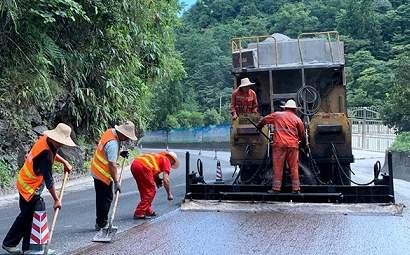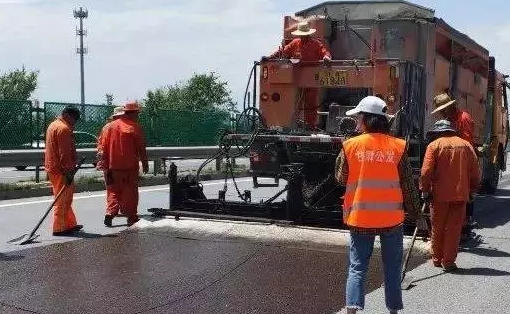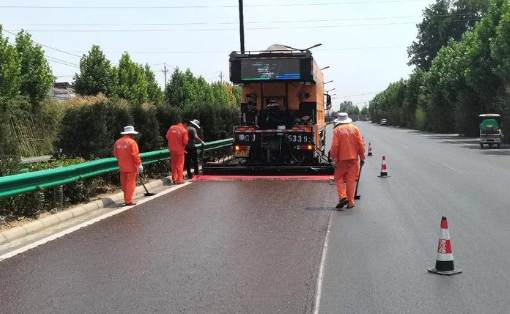What preparations need to be made before slurry sealing construction?
The slurry seal truck is one of the main maintenance methods of highways. The slurry seal is made of emulsified asphalt as the binding material, well-graded mineral materials, fillers, water and additives, etc., mixed in a certain proportion. The slurry mixture is evenly spread on the old road surface to be treated with a sealing truck, and is firmly combined with the original road surface to form a new thin layer of asphalt mixture. So what preparations need to be done before construction? Let’s find out below.
The slurry seal truck is one of the main maintenance methods of highways. The slurry seal is made of emulsified asphalt as the binding material, well-graded mineral materials, fillers, water and additives, etc., mixed in a certain proportion. The slurry mixture is evenly spread on the old road surface to be treated with a sealing truck, and is firmly combined with the original road surface to form a new thin layer of asphalt mixture. So what preparations need to be done before construction? Let’s find out below.
1. Investigation of original road conditions. Before slurry sealing construction, a road condition investigation should be conducted on the old road surface to form a detailed investigation report. And coordinate with relevant departments to deal with the disease. The repaired original road surface should meet the requirements before construction can be carried out.
2. Before construction, remove all debris, mud, dust and loose particles from the original road surface to ensure the cleanliness of the road surface.
3. In hot weather conditions, before paving the slurry mixture, pre-sprinkle water on the original road according to the original road conditions to keep the road surface moist and delay the demulsification time of the mixture. There should be no accumulation of water on the original road surface, and construction should be carried out immediately after it becomes wet.
4. Mineral materials should be prepared and stacked in batches according to the project volume and project progress, and each batch of materials must not be mixed and stacked to ensure a reasonable mix of mixed materials.
5. Every year, before using the machine for the first time or replacing construction materials, the slurry seal paver should be evaluated and calibrated according to the instruction manual.
6. Based on the technical characteristics of slurry sealing layer, pre-job technical training and safety education should be provided to the personnel.










